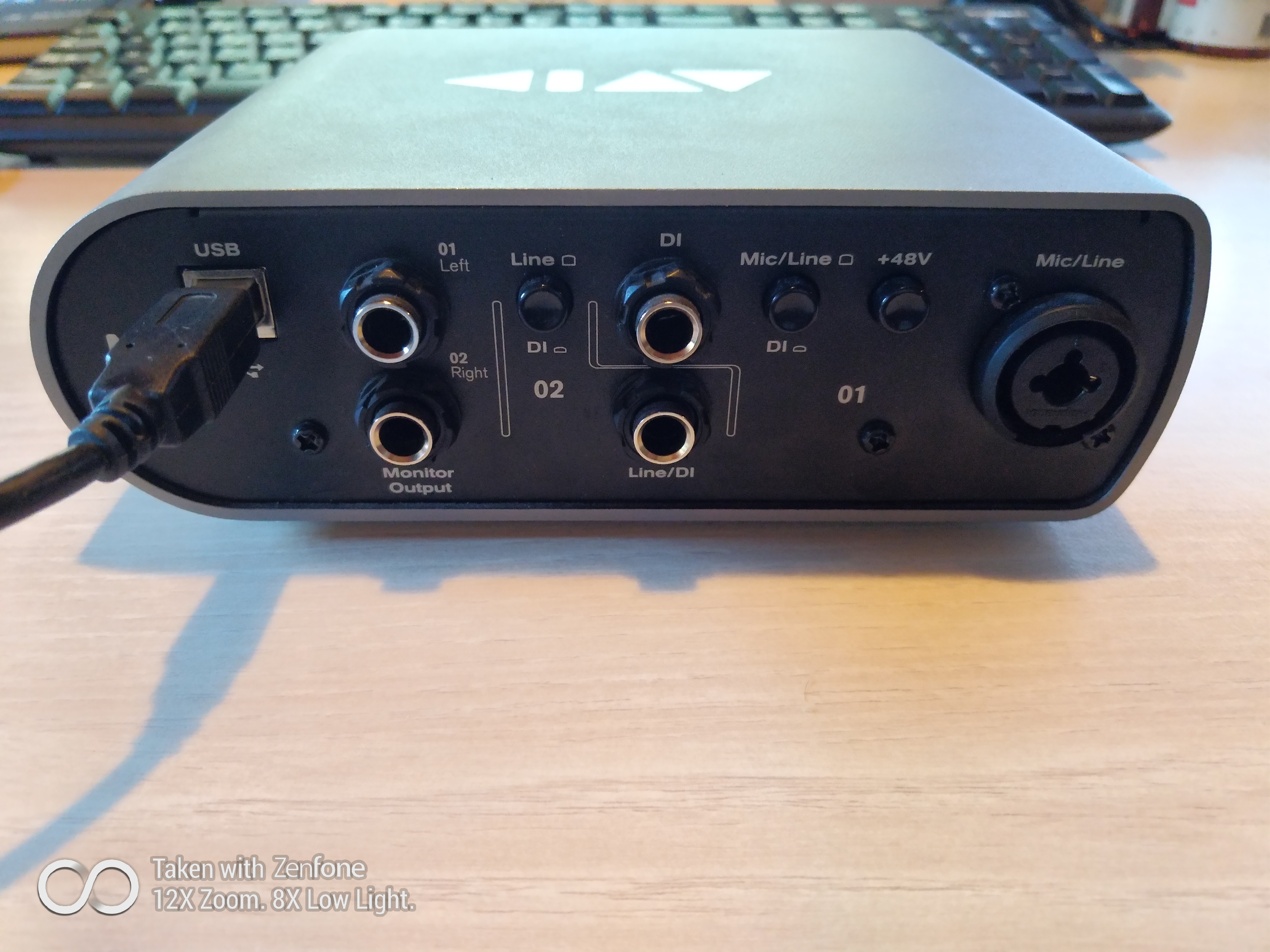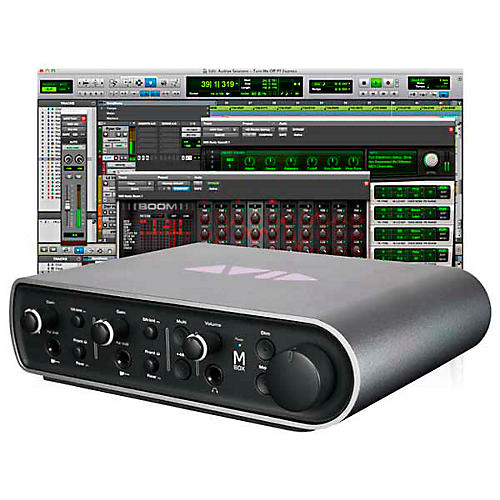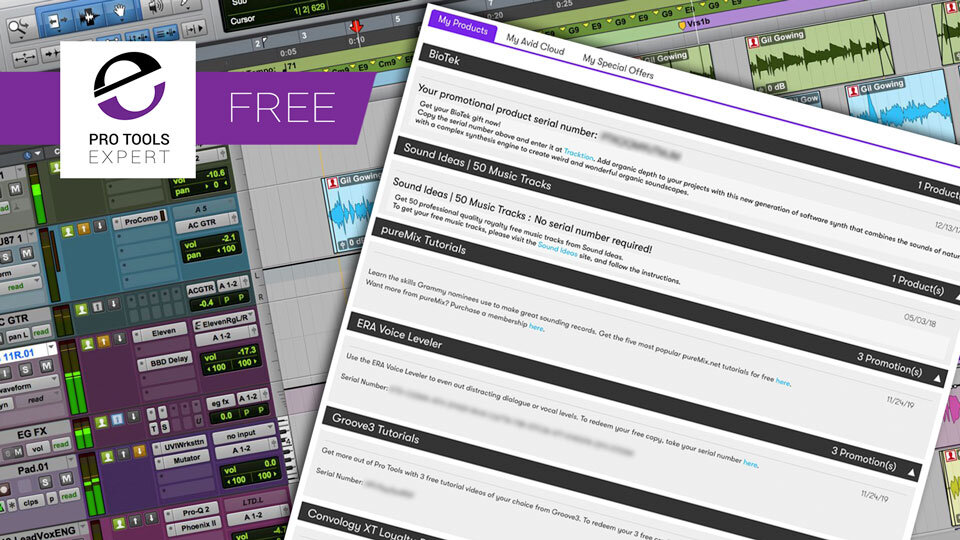

The use of DSP in the MBOX Studio is more like the use of DSP in interfaces like the RME UFX or MOTU’s 1248. A ‘Carbon Mini’ like this would be nice but is quite a long way from an Mbox, and would probably be over twice the price of this new mbox. When I heard the first details of MBOX Studio I wondered whether DSP referred to HDX style DSP as found in Carbon.
AVID PRO TOOLS MBOX 3 SOFTWARE
This software is where you access the DSP built into this interface. I’m surprised by just how useful something as simple as having a dedicated button to launch it is. Neat.Īnother feature which can be launched via a dedicated button is MBOX Control, this control software is central to the power of this new interface. Tuning of acoustic instruments is possible via the built in talkback mic too. Pressing this opens a tuner window on screen but also changes the top panel into a tuner display. I’ll return to this when we look at the built in DSP.Ĭontinuing with the guitar-centric features, the MBOX Studio has a built in tuner, accessed via a dedicated button. This method is really practical for band tracking sessions where time is at a premium and the space is limited or when isolation options for keeping drums and guitar amps separate are few. Reamping via the dedicated front panel connection is one of the stand out features for me as I’ve always been a fan of capturing a DI performance of guitars and monitoring via amp sim plugins, having the option of replacing or augmenting them with real amps later. I’ve already mentioned the Hi Z FX loops which allow proper matching when using guitar pedals. The 4 mic preamps feature instrument inputs and both mic and inst inputs have switchable impedance settings for tonal variation. The MBOX Studio has lots of guitar-specific features. This takes us to some of the MBOX Studio’s more interesting features. Old school MIDI is present on proper DIN connections and on the front you’ll find a Hi Z output for re-amping. Line in/outs can be repurposed as FX loops with Hi Z operation enabling use with guitar pedals. There is a lot more flexibility built in to these audio connections, spdif is available on RCA or by switching the opticals from ADAY to spdif. There are 4 additional line inputs and the possibility of ADAT expansion which gives enough inputs for a basic live band session and with two independent headphone mixes via two headphone outs and the potential to add more headphone mixes via additional headphone amps routed via the remaining audio outputs the inclusion of a built in talkback mic doesn’t seen as overkill as it might on an mbox. The 4 built in mic/line inputs are the same variable impedance design as found in the Carbon. Power is via an included 12V DC adaptor, this isn’t a bus powered interface. To overview the connections, its data connection is a single USB C, the included USB C cable comes with a USB A adaptor. However its capabilities go much further than the mBox of 2002. Physically the $899 MBOX Studio is far removed from its namesake but it is still a USB interface which is targeted at the Pro Tools user. The buttons are the squidgy rubberised type and helpful illumination and colour is used throughout, with the MBOX Studio looking very attention grabbing in a darkened studio. The construction is very sturdy steel with proper nutted connectors on the back and the large dual encoders are pleasingly sturdy. That being said it was perfect for a short trip visiting family in which I managed to set up a studio away from home using my laptop and the new MBOX. It’s a long way from the chuck-it-in-your-bag compactness of its predecessors.

When I finally got hands on with a unit, my first impression was just how substantial it is. So if Avid decided to revisit mbox, what is it and who is it for? First Impressions At that time this category of interface was new and its appeal was buoyed by the fact that you needed Digidesign hardware to access Pro Tools. The second thought I had was that times have changed since the original launched in 2002. Whatever the new MBOX was, it had better be good. That was an important product which left big boots to fill. When Avid announced the MBOX Studio my first thought was that the original mBox cast a long shadow. Julian takes a detailed look followed by Steve DeMott and William Wittman each sharing their opinions. But does it deliver? We decided to find out by sending units to three of the Experts Team and getting three independent opinions…

Avid’s revival of the classic Mbox line, the MBOX Studio caught everyone’s attention.


 0 kommentar(er)
0 kommentar(er)
